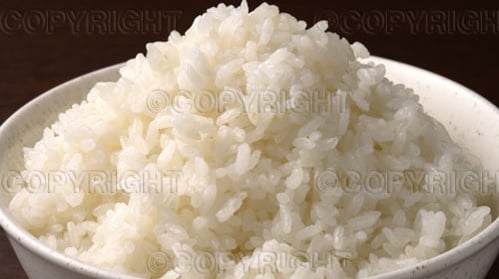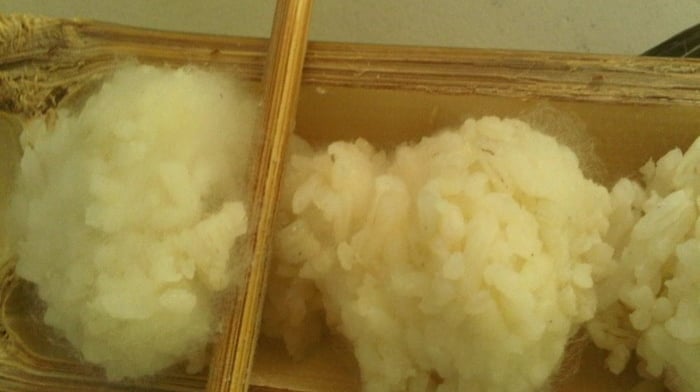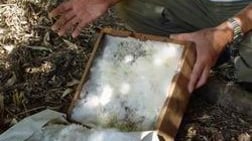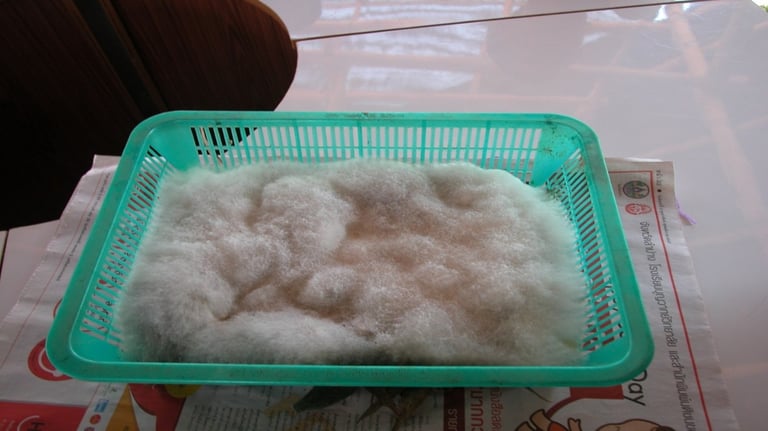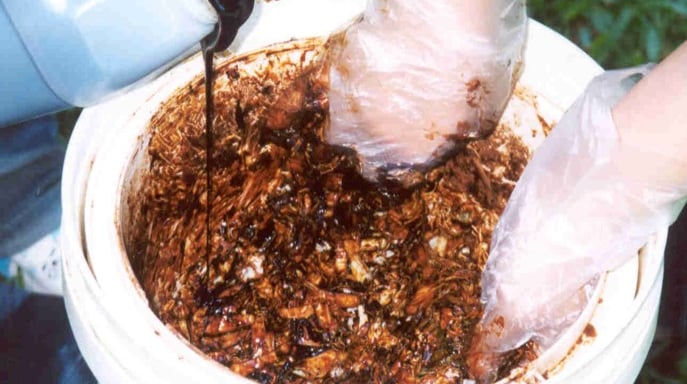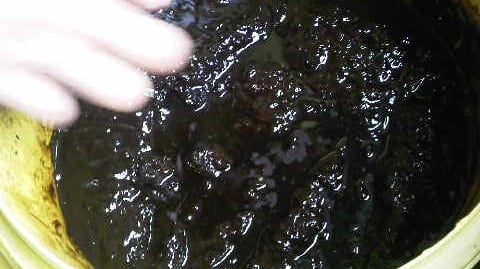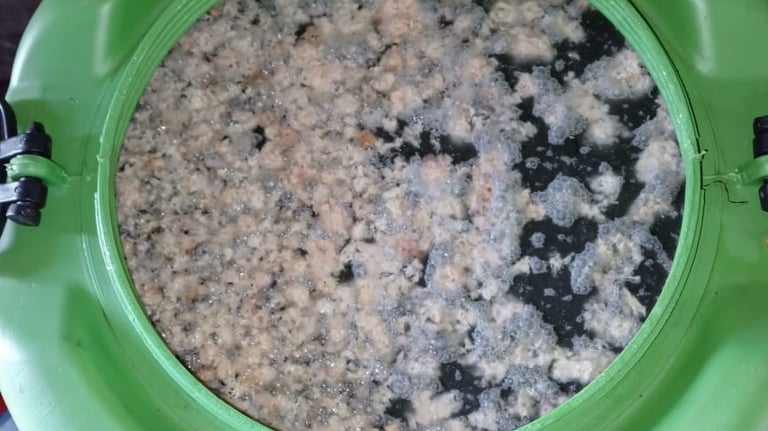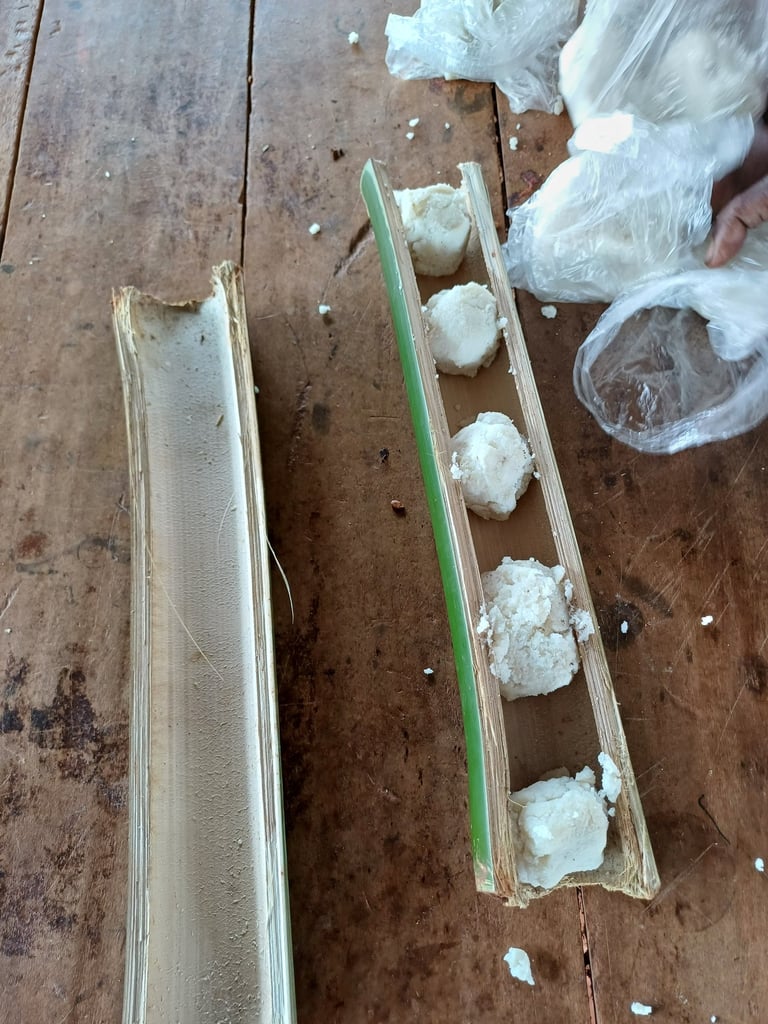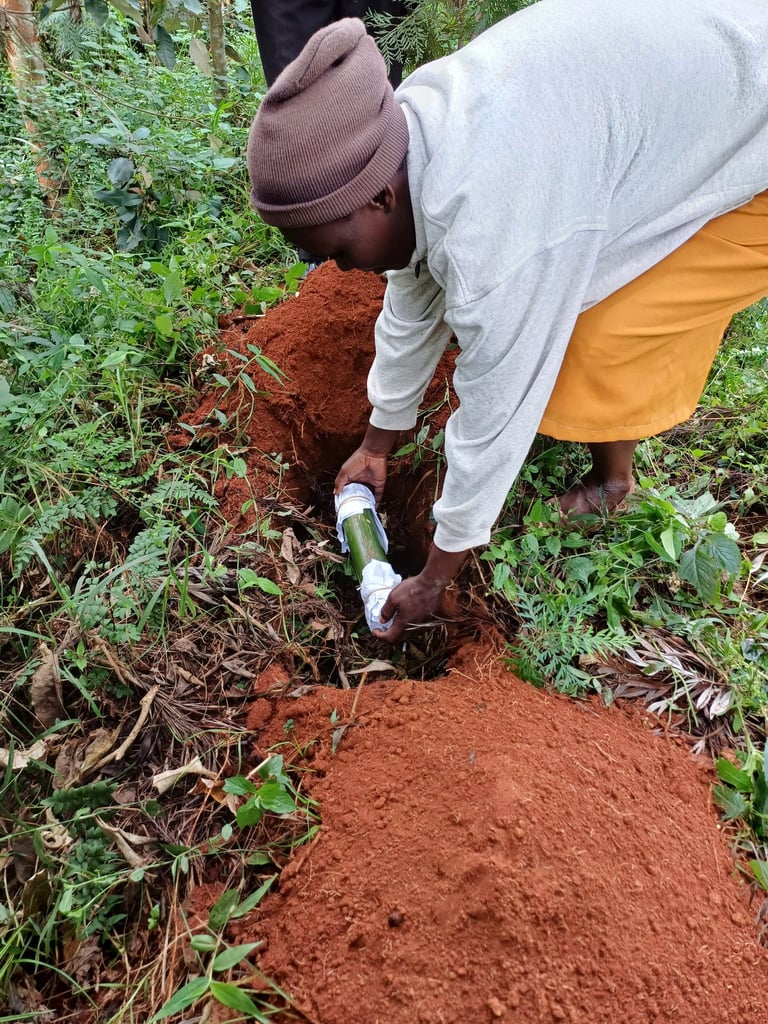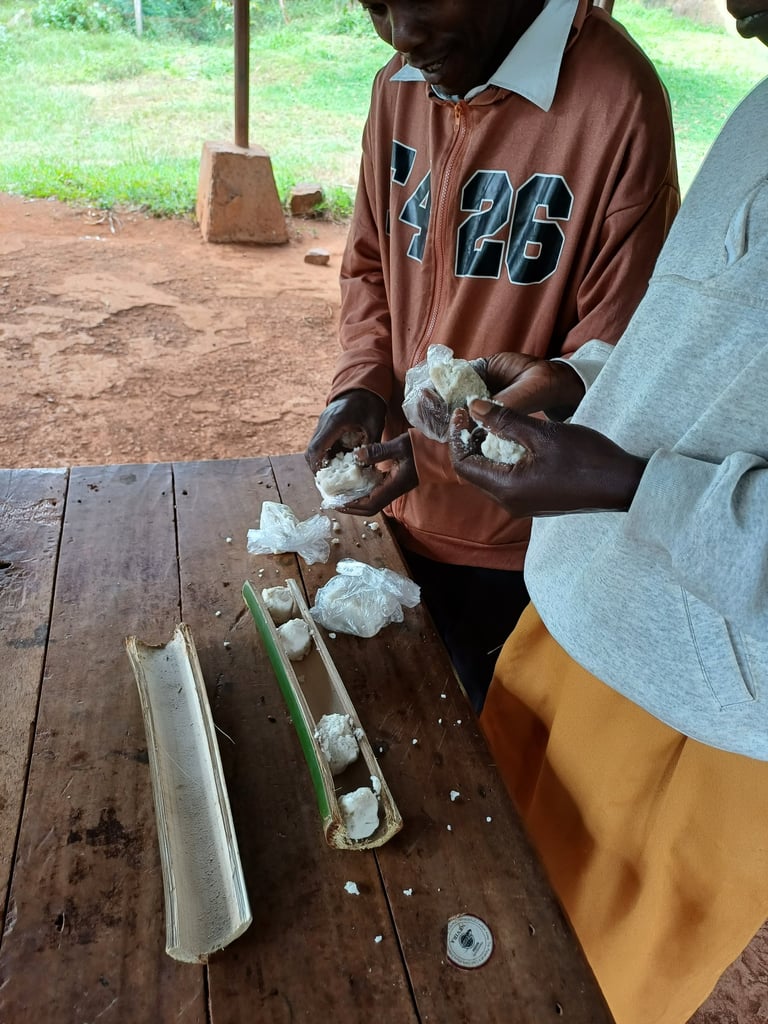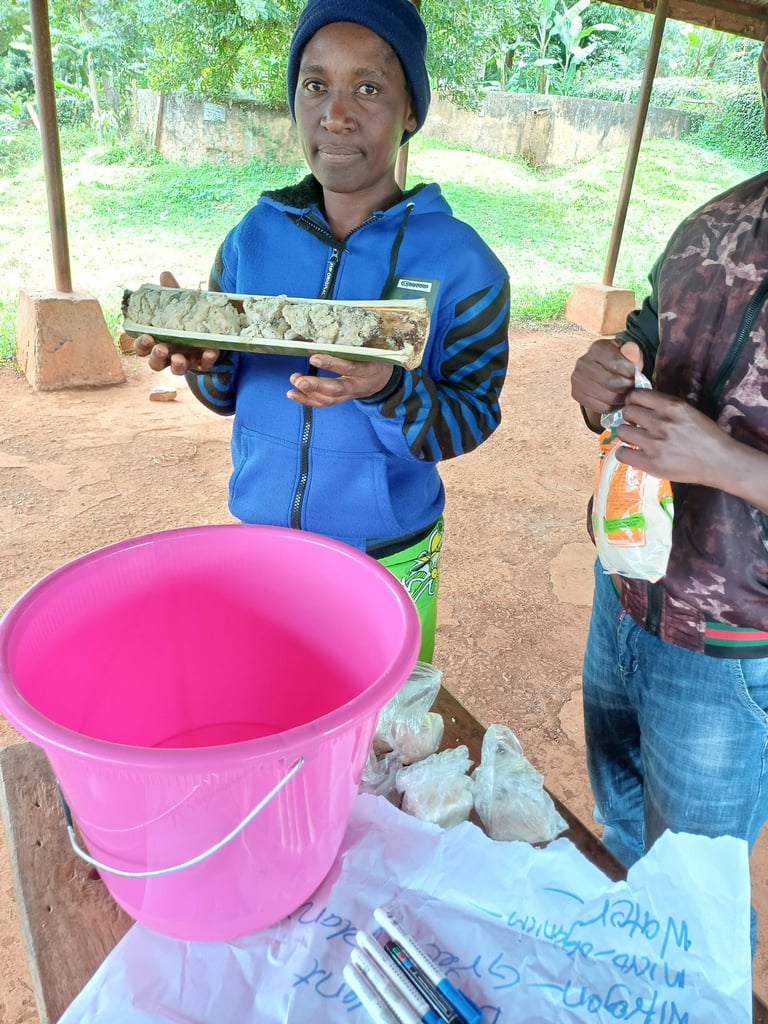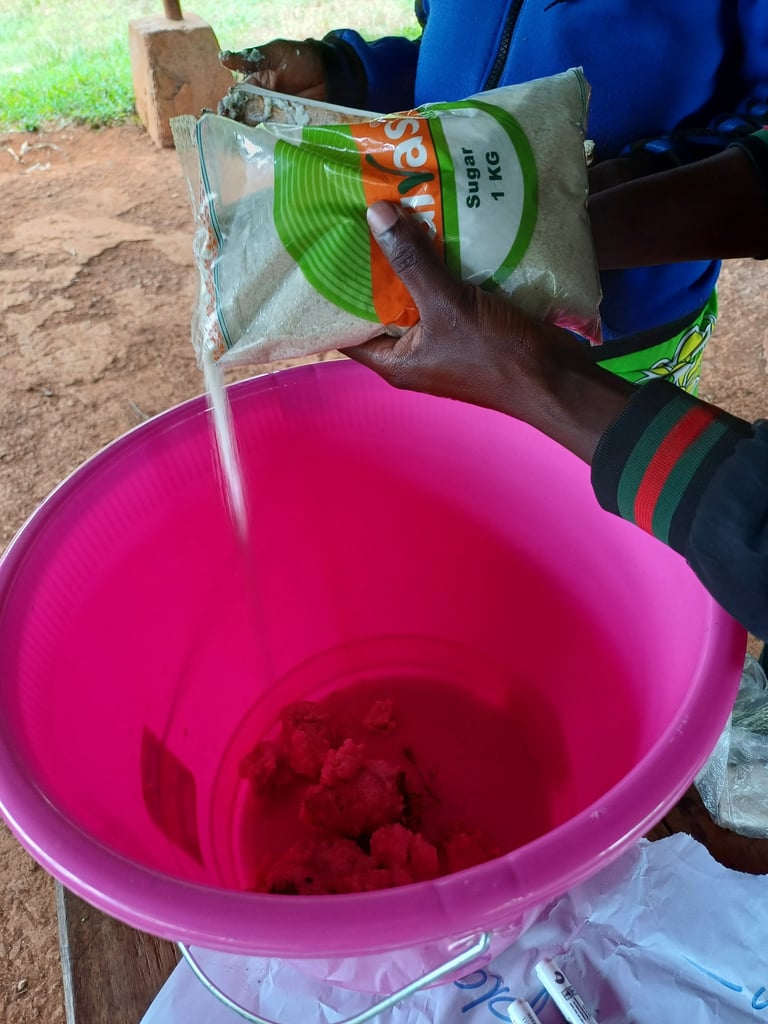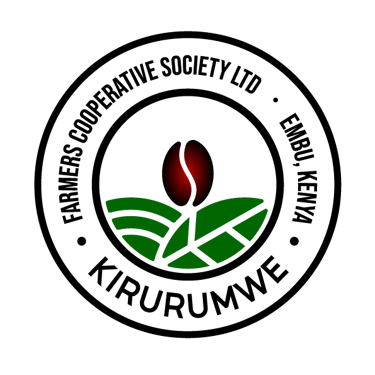Harnessing Indigenous Microorganisms (IMO) for Healthier Soils and Stronger Crops
ECOFRIENDLY FARMING
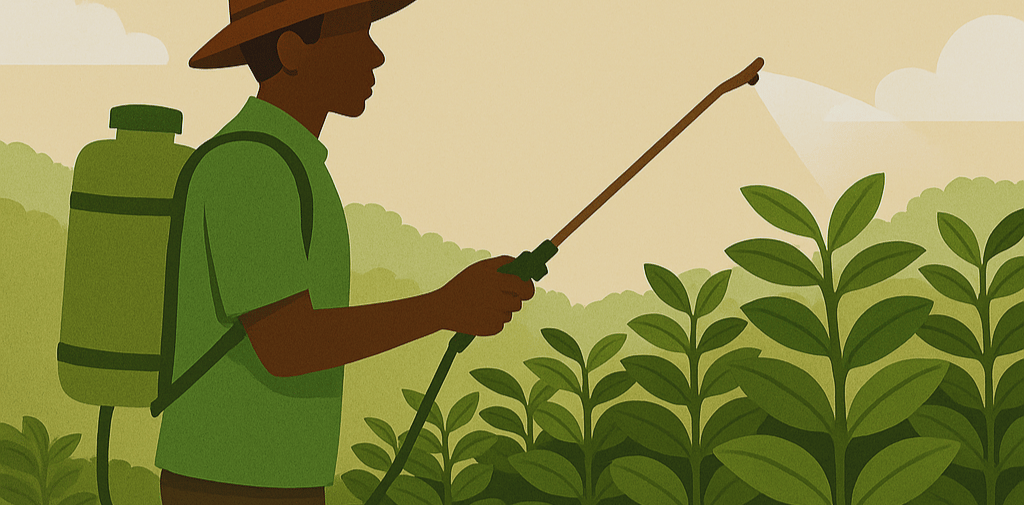

In the journey towards sustainable, eco-friendly farming, many farmers are turning to nature’s own solutions. One of the most powerful and affordable tools available to us is Indigenous Microorganisms (IMO)—a key principle of Korean Natural Farming (KNF). These tiny but mighty microbes are changing how we approach soil health and crop nutrition.
Let’s explore what IMO is, its benefits, how to collect it, how to prepare different IMO stages, and how to use it effectively on your farm.
What Are Indigenous Microorganisms?
Indigenous microorganisms, commonly referred to as IMOs, are naturally occurring microbial communities found in a specific environment. These organisms play a pivotal role in maintaining ecological balance, enhancing soil health, and supporting plant growth. IMOs typically consist of bacteria, fungi, yeasts, and actinomycetes that have adapted to their local habitat over generations. This adaptability allows them to thrive and effectively contribute to nutrient cycling, decomposition, and symbiotic relationships with plants.
By collecting and cultivating local IMOs, farmers can reintroduce this microbial life into their fields, restoring soil vitality and promoting plant health—without synthetic chemicals.
Benefits of Indigenous Microorganisms
The benefits of employing indigenous microorganisms in agriculture and gardening are numerous. Firstly, IMOs improve soil fertility by breaking down organic matter, thus enhancing nutrient availability for plants. This process promotes robust plant growth and resilience against pests and diseases. Furthermore, indigenous microorganisms can aid in the suppression of harmful pathogens, contributing to a healthier ecosystem.
Additionally, the use of IMOs can enhance the soil's structure, leading to better water retention and aeration. By introducing these microorganisms to cultivated areas, farmers and gardeners can foster a self-sustaining environment, reducing the need for chemical fertilizers and pesticides. This not only improves agricultural output but also promotes sustainable practices that are vital for environmental conservation.
How to Collect Indigenous Microorganisms
How to Collect Your Own IMO (Stage 1 – IMO-1)
Materials Needed:
Wooden box dimension (3*8*12)or mesh net, bamboo tube or plastic tray
1kg cooked white rice or ugali
Paper towel or cotton cloth
Rubber band or string
Natural bamboo grove, undisturbed forest or area with plenty humus.
Steps:
Place the cooked rice or ugali in the collection box, net, bamboo tube or plastic tray.
Cover the box with paper towel or cloth and tie with a string or rubber band.
Place or bury the container under a tree containing plenty humus or in a forested area rich in microbial activity—under leaf litter or bamboo groves—for 3–5 days.
After 3–5 days, you will see white fuzz (fungi) and other colors—this is IMO-1.
🟡 Avoid black mold—discard if fully black or smells rotten.
How to Make IMO Jam
Materials:
IMO-1 (collected rice with microorganisms)
Equal weight of brown sugar or molasses
Steps:
Mix 1 kg of collected IMO-1 with brown sugar in a 1:1 ratio by weight.
Put in a container (like a clay pot or bucket ), cover with a clean paper.
Let it ferment for 7 days and harvest the IMO jam.
How to Make IMO-3 (Expanding Microorganisms)
Materials:
1 part of IMO Jam or well fermented IMO 3
1 part of molasses or sugar or Rice bran.
100 parts of water
Steps:
Mix well 1 part of IMO-Jam or well fermented IMO 3 with 1 part of sugar or molasses or bran and 100 parts water (ratio: 1:1:100) and fermenting in warm place for 5 days.
✅ Final product should have a pleasant earthy smell with white fungal threads.
Using Indigenous Microorganisms
Once you have cultivated your indigenous microorganisms, you can incorporate them into your gardening or farming practices. This solution can be applied to soil or plants. This enhances soil health and promotes vigorous plant growth.
Moreover, indigenous microorganisms can be used in composting processes to accelerate decomposition and improve nutrient cycling. They can also be introduced into biofertilizers, providing a natural alternative to synthetic options. Observing the positive effects of IMOs on your plants will encourage you to integrate these beneficial organisms into your sustainable agricultural practices further.
In conclusion, indigenous microorganisms offer a multitude of benefits for both the environment and agriculture. Understanding how to collect and use these organisms can lead to healthier plants, improved soil quality, and a more sustainable approach to cultivation. By embracing IMOs, you not only enhance your gardening practices but also contribute to a balanced ecosystem.
